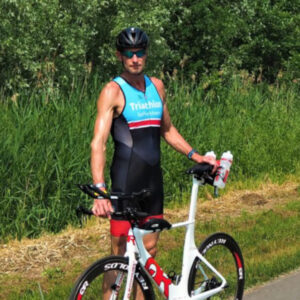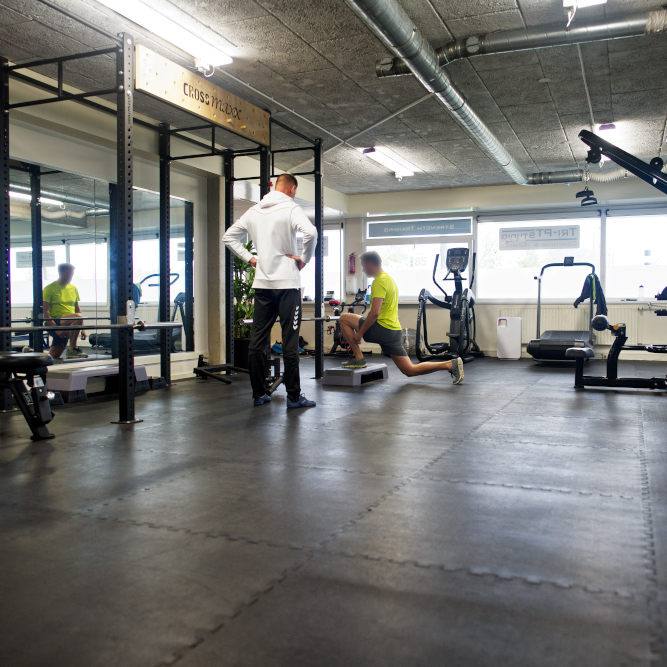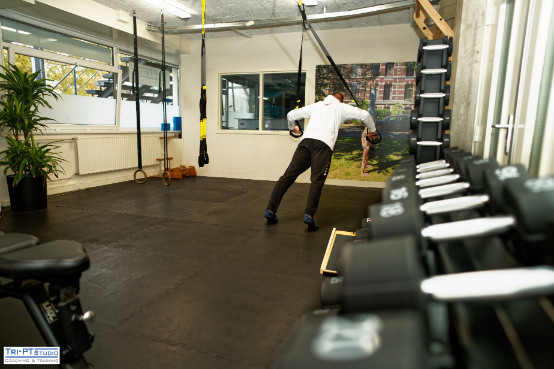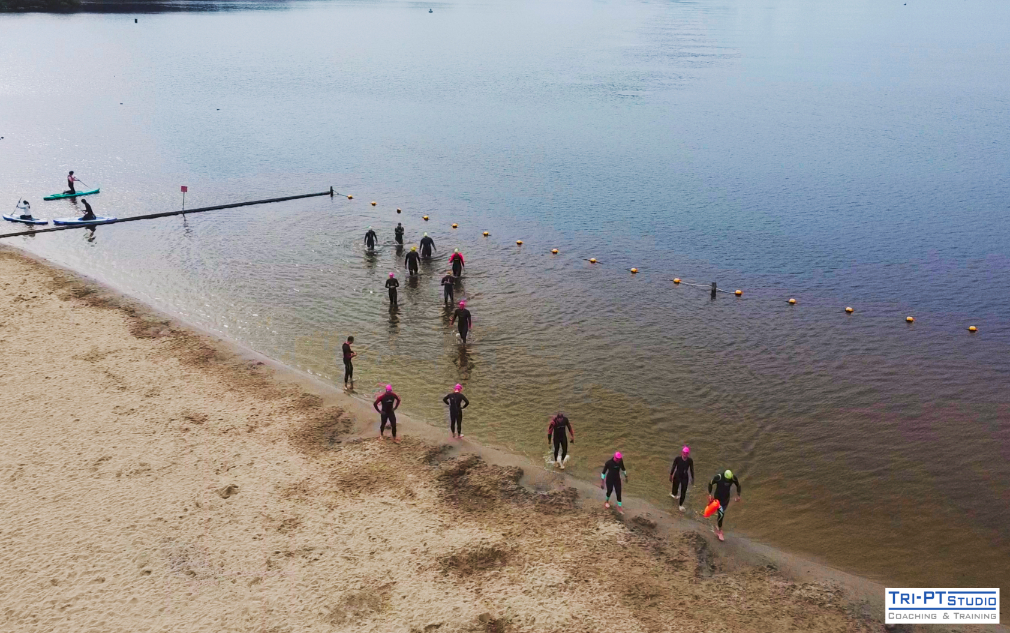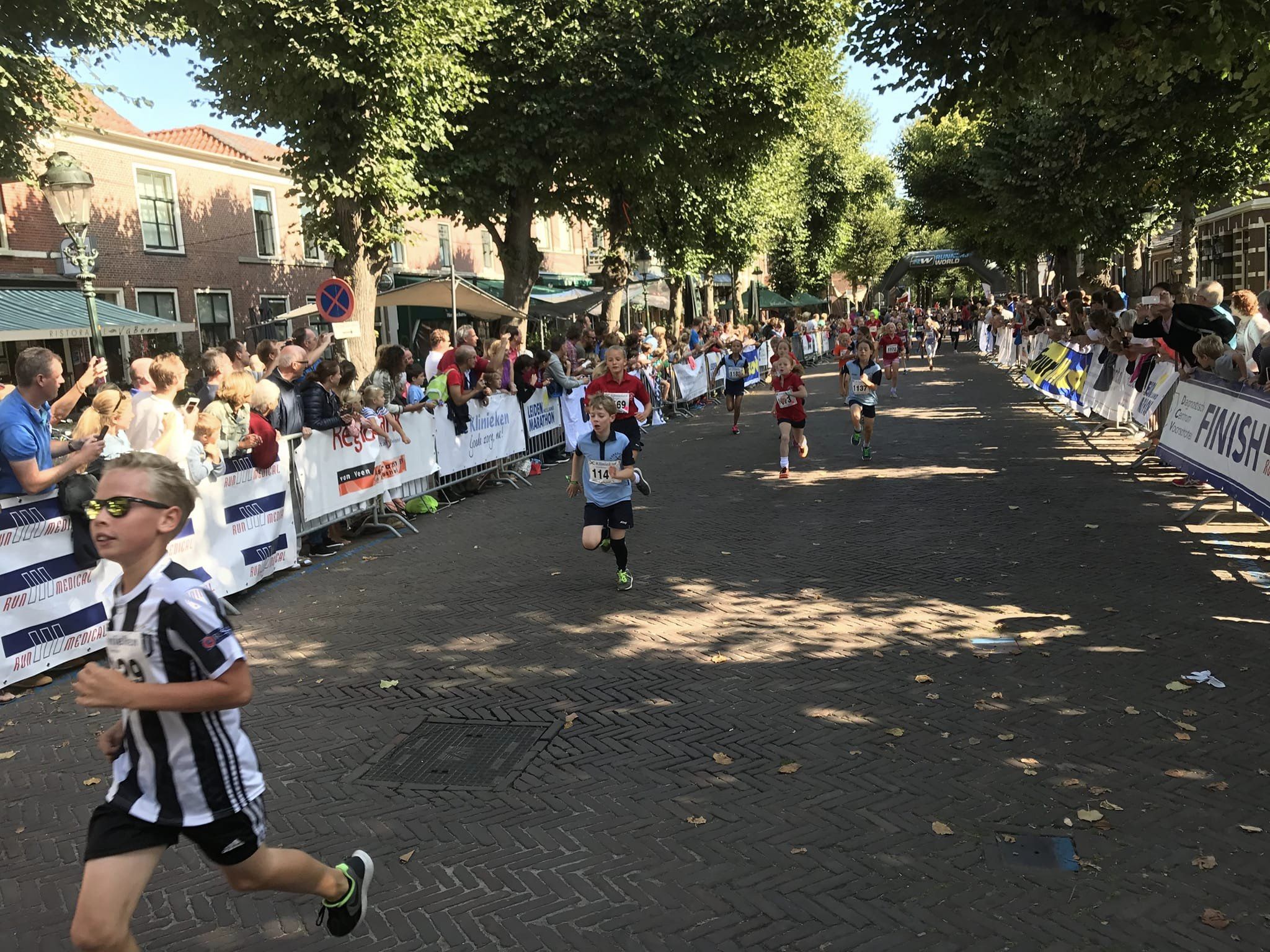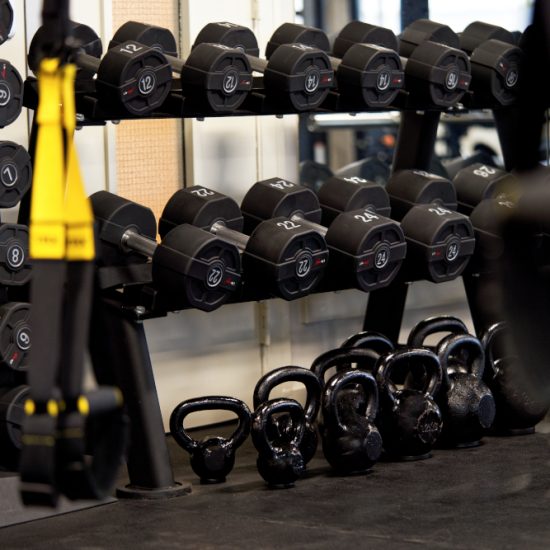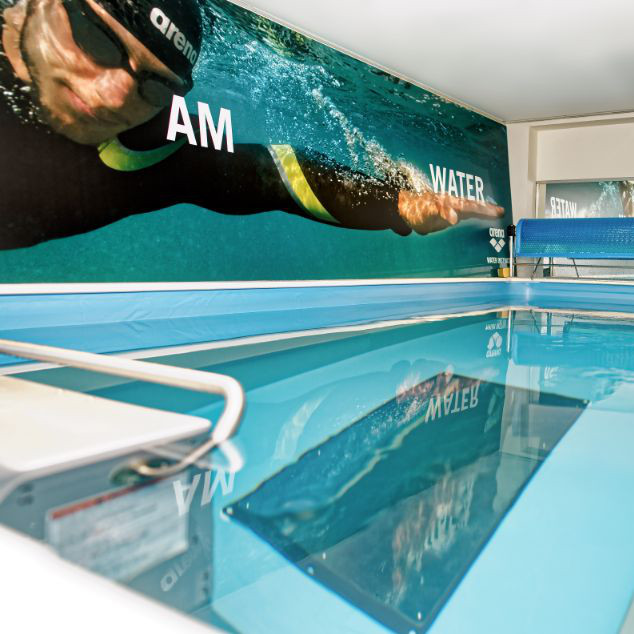
This article was written by Vincent, based on his swimming analysis in the endless pool at Tri-PT Studio in Voorschoten.
I am not an avid swimmer and do not have a good chest crawl technique. Therefore, I did not initially think I was the right person for a swim analysis. But, in retrospect, it turned out that precisely because there was a lot to gain, a swim analysis yielded a lot.
Feeling that swimming was not my strongest point, I decided to visit Tri-PT Studio for a swim analysis in their endless pool. On arrival, I was warmly welcomed by Paul van Brink, the trainer. While having a cup of coffee, we discussed my goals, my experiences with swimming and how the swim analysis would go.
The swim analysis
After changing clothes, I stepped into the endless pool. The first thing Paul asked was to demonstrate my chest crawl. As I swam, Paul took the time to observe and film my technique both above and below the water from different angles. After this first observation session, I was able to watch the footage from the water and we discussed what I could improve.
Since my technique could be improved in many areas, Paul divided the feedback into different aspects of the breast crawl. This ensured that it was not overwhelming.

Water position
Paul pointed out my water position and noted that I was quite deep in the water. He advised me to look down more instead of forward and to actively push my chest to the bottom without putting my chin on my chest. I could focus my focus on a mirror that was at the bottom of the pool.
Doing this would give me a better tilt point and make me more horizontal in the water. Moreover, Paul stressed the importance of tightening my buttock, hip and core muscles to keep my legs higher and more horizontal.
Breathing
In terms of breathing, Paul indicated that it would be ideal to keep my ear/sleep flat on the water, with one eyeglass still in the water. In addition, it is important to start exhaling immediately as soon as my face is underwater again.

Insertion and entry
As for my insertion and entry phase, Paul explained that the fingers should be leading and gave advice on how to position my elbow and shoulders for a more effective stroke. The catch phase is also essential, and Paul showed how I should position a ‘high’ elbow to effectively ‘catch’ water.
Discussing the power/pull phase and the push phase, I gained insight into how to maximise pressure on the water and position my palm correctly. Paul stressed the importance of timing during the glide phase, where one arm must stay forward as long as possible.
Recovery phase
In the recovery phase and leg stroke, I was given useful tips on the movement of my elbow and how to optimise my leg stroke. Finally, Paul pointed me to some useful exercises and videos I could refer to to improve my technique. He stressed that I needed to work on my insertion, catch and breathing first, and then I could continue with the pull, push, and recovery. As a final step, I would focus on improving my leg stroke.

Improving swimming technique with a swim analysis
On leaving the studio, I felt motivated and inspired. There is definitely work to be done, but with Paul’s guidance and the valuable insights from the swim analysis, I am confident that I will make rapid progress. Thank you, Tri-PT Studio, for this great experience! Good luck and enjoyment to everyone who wants to improve their swimming technique!

